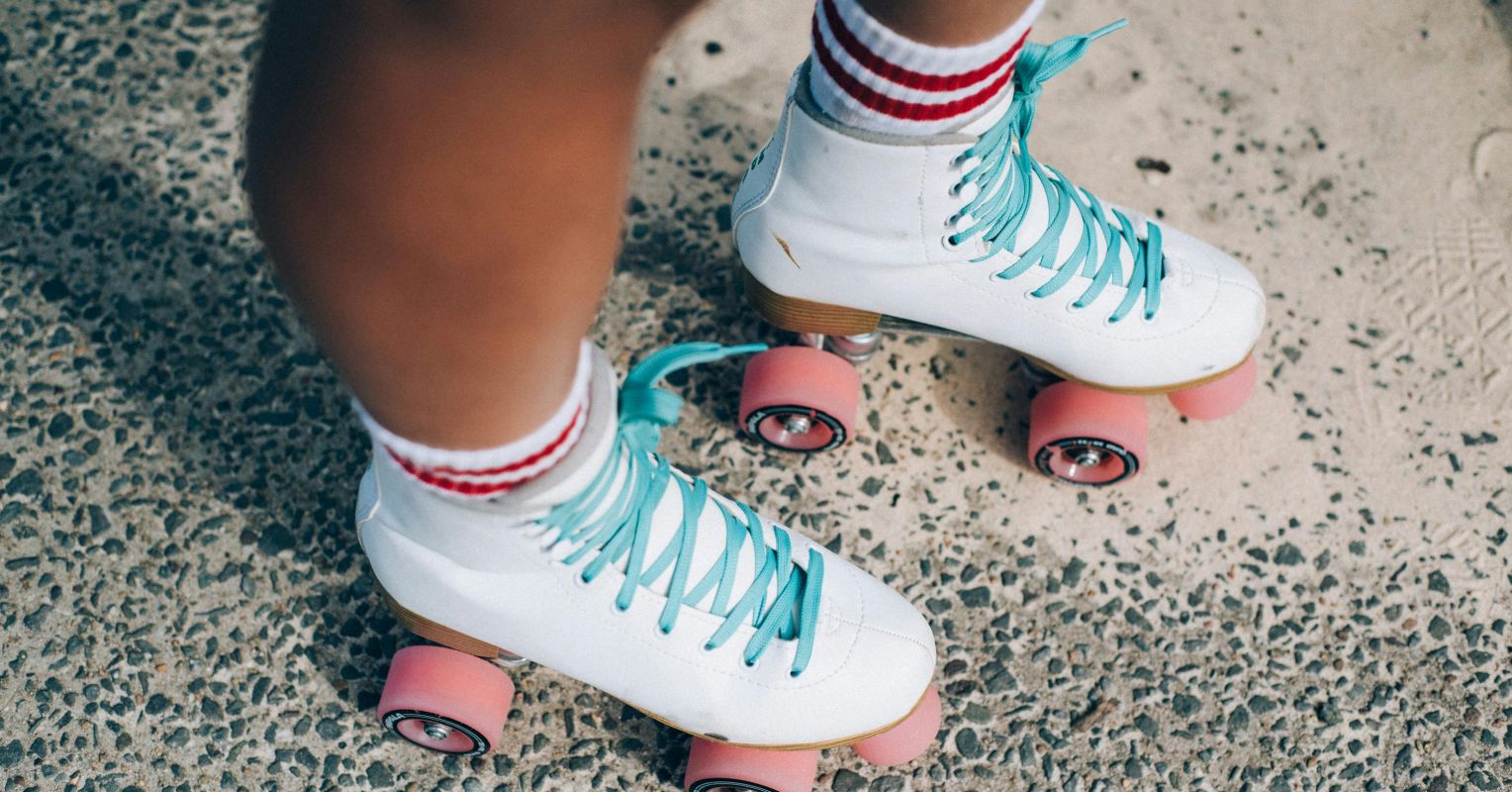
"A few weeks ago, I laced up a pair of roller skates for the very first time. Actually, scratch that. I laced up a pair of roller skates for the first time in over two decades - after what can only be described as a disastrous attempt at imitating my younger brother (who was a natural), resulting in me collapsing spectacularly onto the pavement before I'd even taken a step. Fast forward to now: I'm in my mid-thirties, and my body likes to show its age in cute ways."
"I had zero expectations. Correction: I had expectations lower than zero. My only goal was modest - survive two hours upright and avoid crawling off the rink in defeat. My skating instructor told me that the first step was to "just get comfortable on our skates." That was far harder than it sounded, of course. Before I could even stand up, my amygdala, the almond-shaped cluster of neurons that helps us sense danger, translated my instructor's words as: Brace for catastrophic collapse."
Adult brains retain neuroplasticity and can form new motor pathways through practice and repetition. Novel movements and exposure to novelty stimulate structural brain changes even later in life. Fear responses originate in the amygdala and can be amplified by imagined catastrophes during first attempts at a skill. The medial prefrontal cortex can help override amygdala-triggered fear to permit action and learning. Each first attempt at a motor skill challenges fear circuits and, through repeated practice, fosters meaningful brain adaptation and improved balance and motor control. Small, manageable goals and gradual practice help convert initial apprehension into skill acquisition and brain rewiring.
Read at Psychology Today
Unable to calculate read time
Collection
[
|
...
]